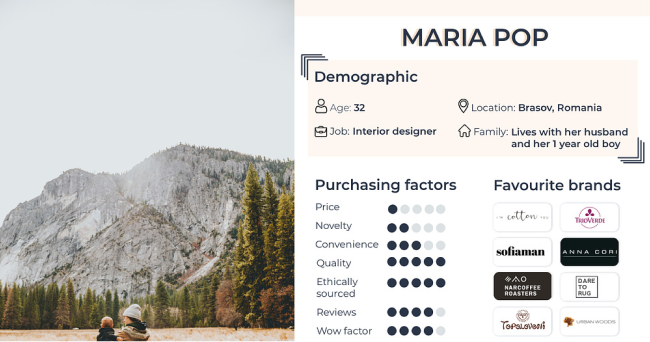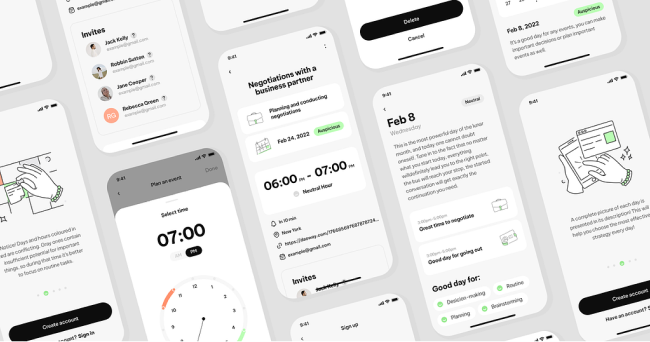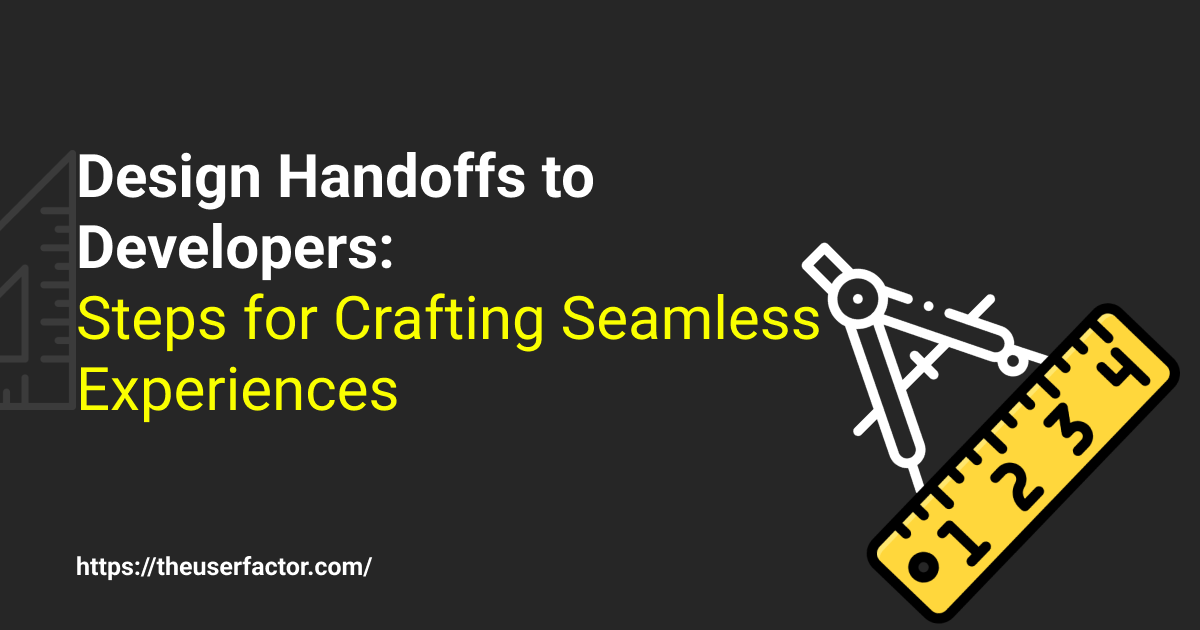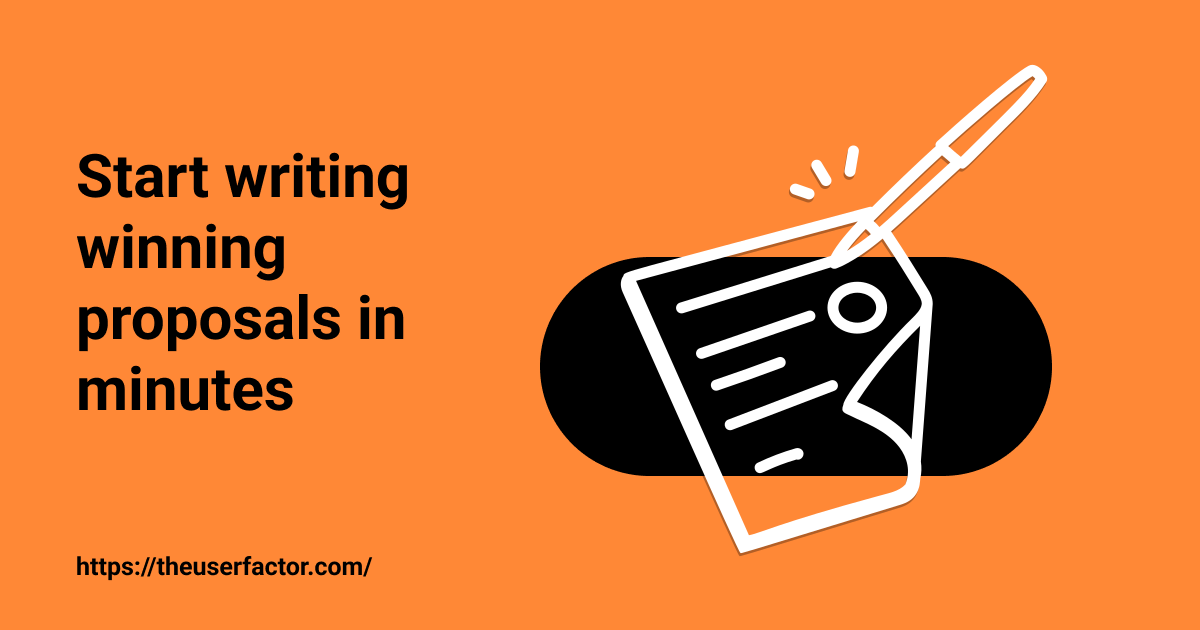One mistake I often see in my career is that developers sometimes don’t know who will use the app or understand how the business works. They mainly focus on the exact wording of user stories. While that’s important, it’s also crucial for them to know the bigger picture, and this is where design teams come in.
1. Things developers wouldn’t care less about but need to know.

Image source Andra Cimpan
Designers work on many things, and not all of it may be needed for developers. Still, it’s important to share key information with them
Understanding UX Artifacts
Developers don’t need to get into the details of UX artifacts but should understand their purpose. For example, personas help in knowing your audience, and market research is crucial for creating connections with existing apps. Sharing information like information architecture and taskflows allows developers to see the big picture, impacting the final result significantly.
2. What Developers Need From Designers: Making Collaboration Easier

Image source Cuberto
Now, let’s talk about the exciting part of design – the wireframes or visual design. This is a crucial part of what we deliver. However, what seems clear to designers might be a bit complicated for developers. To ensure everyone is on the same page, the design team needs to take some steps to align as much as possible. Here are some measures:
a. Wireframes and Visual Design
Designs usually result in wireframes and visual designs, providing something everyone can agree on. It’s important to note that these images are mainly for illustrating ideas, as some design tools may not cover animations or responsiveness perfectly.
b. Design Systems (Styleguide)
Design systems act as a guide for how components should look and behave. They become a source of truth for developers, especially in complex designs, ensuring consistency. Creating a small application style guide is a good practice, especially when new components or icons are used.
c. Design Handovers
Common mistakes occur when designs are handed over without communication between design and development teams. This gap is common when different vendors or freelancers are hired only for design. Designers should plan handovers based on the situation, which might involve design presentations, sharing style guides, and using tools for seamless transitions.
Explore tools that make it easy for designers and developers to work together during the design handoff process.
d. Design Team Consultation and Quality Assurance
Designers aren’t just for designing; they should be involved and consulted throughout development and UAT phases to ensure the end product’s quality. Collaboration is key to bridging the expectation-reality gap.
Key Takeaways
- Developers grasp the essence without diving into details, connecting with the audience through personas and market research.
- Designs are like a plan that everyone agrees on, showing ideas in pictures
- Share design systems or style guides on how things should look and work, especially for new stuff.
- Designers and developers communicate and share info to avoid mistakes when handing over work and use dev friendly handoff tools.
- Designers help keep the product good by working with developers throughout the process.
Special thanks to uniconlabs



